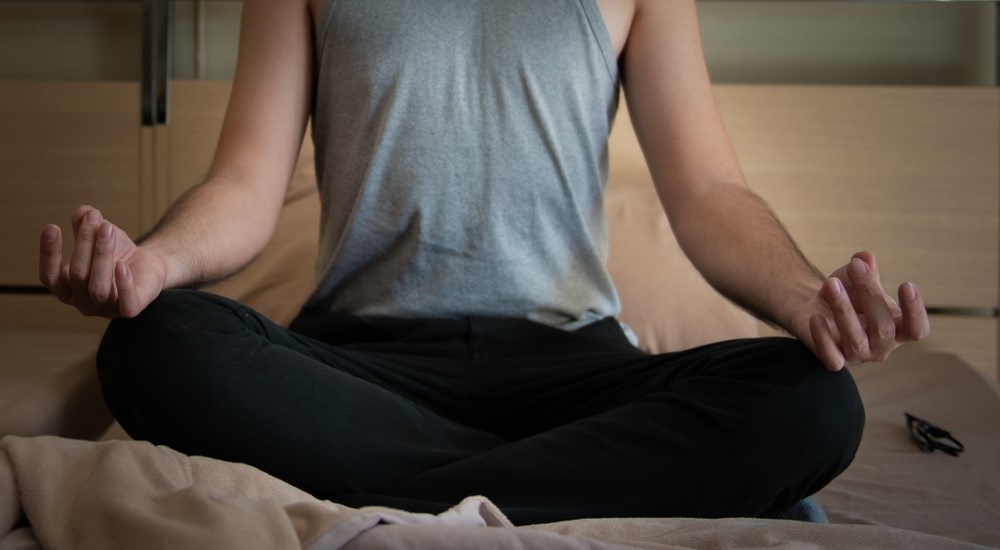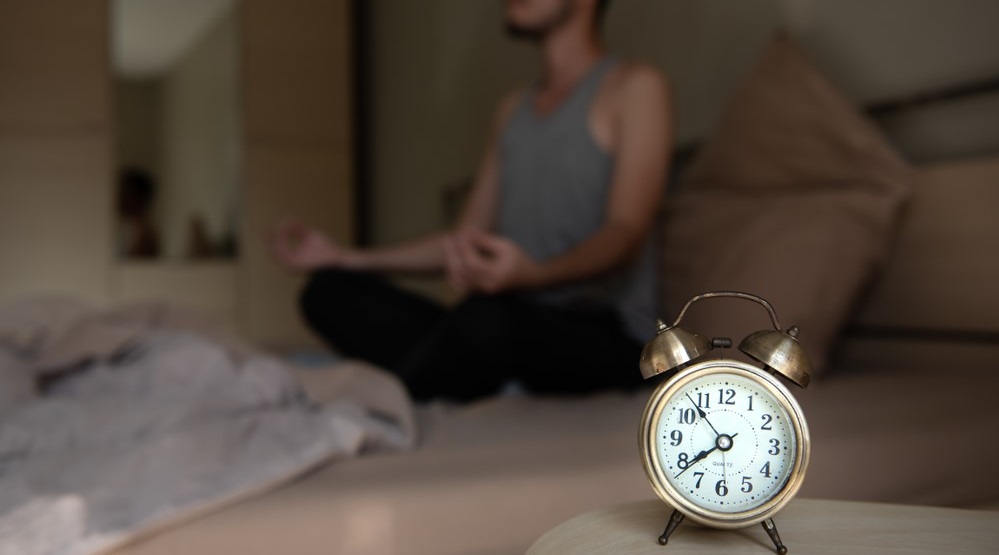Understanding the 4-7-8 Breathing Method: Definition and Explanation
Breathing to reduce stress has a long and successful history. Breathwork has been used in all known cultures since ancient times – from the Middle East to the Polynesian Islands. Various kinds of breathing were combined with ancient yoga and Tai Chi practices.
Breathing techniques can do many things for your health. Some breathing methods activate, allowing you to feel more alive and ready for sports or a busy day. Others activate your parasympathetic (rest and relaxation) nervous system, encouraging sleep, feelings of peace, and sleepiness.
One such breathing method is called the 4-7-8 breathing method. The method involves inhaling for 4 seconds, holding your breath for 7 seconds, and exhaling for 8 seconds. It is a method known to reduce stress and anxiety and induce sleep. The method enhances the parasympathetic nervous system while suppressing the fight-or-flight response.
The Science Behind the Method
When various breathing methods are studied, researchers discovered several aspects of the 4-7-8 breathing technique that contribute to its ability to reduce stress:
- Slow pace – Slow breathing signals your brain that you are calm—the pace of breathing matters to your body’s ability to handle stress. Your heart rate variability (HRV) improves when you breathe at a specific pace. HRV is a measure of your body’s resilience to stress.
- Long exhalation – The balance of inspiration and expiration times also matters. When you exhale longer than you inhale, your parasympathetic nervous system is enhanced, bringing on feelings of calm.
- Diaphragmatic – When you breathe through your diaphragm, you stimulate your vagus nerve, which slows your heart rate and calms your nervous system.

Historical and Cultural Background of the Technique
Nearly all ancient cultures practiced breathwork; however, the types we know about today come from India, Tibet, and parts of China, when it was practiced in Buddhism.
Evidence shows that breathwork was used for healing, meditation, and spiritual awakening. The emperor of China in 2700 BCE apparently promoted breathwork as an excellent way to enhance physical and mental health.
Breathwork was a possible option for stress and relaxation in the 1960s. Many individuals developed their own techniques, including Konstantin Buteyko, Dr. Stan Grof, and Leonard Orr.
In recent years, breathwork has been studied scientifically all over the world. As part of his integrative medicine practice, Dr. Andrew Weil invented 4-7-8 breathing to help with stress and insomnia.
These studies and years of practice by individuals worldwide have shown that breathwork has measurable physiological benefits for your body.
Step-By-Step Instructions for the Technique
The technique is easy to learn. It’s a breathing pattern you repeat until you feel more relaxed and sleepy – only 5 to 10 minutes. Follow these simple steps to practice this technique:
- Step 1: Breathe in through your nose for 4 counts (roughly 2 to 3 seconds). Breathing through your nose allows you to take in nitric oxide gas produced in your sinuses, which relaxes your blood vessels.
- Step 2: Hold your breath for 7 counts (roughly 4 to 5 seconds). Simply count, and don’t think of anything else.
- Step 3: Exhale through your mouth slowly for 8 counts (roughly 5 to 7 seconds). You can make a whooshing sound with your mouth when you do this.
The total time for one breath (inhalation and exhalation) is about 11 to 15 seconds. It means you’ll breathe about 4 to 6 times per minute. This rate is known to have the most significant impact on the HRV by balancing blood pressure, heart rate, and breath in perfect synchrony for optimal health. HRV experts call this the resonant frequency of breathing.
How to Incorporate the Method into Daily Routine
The 4-7-8 breathing technique is easy to incorporate into your daily practice. Ideally, your goal is twice a day, but you can start practicing it before bedtime for 4 to 6 cycles (one minute or so).
Work your way up so you can do five minutes at a time or longer. The research shows you don’t need hours of breathing practice to gain effects throughout the day.
Add some extra time to your day to practice the technique. You can do it anywhere except when driving. This technique is so relaxing and depends on paying attention to your breath. If you need to focus on anything other than what you need to drive (such as your breathing), you will not be able to drive safely.

Tips for Maintaining Focus During the Practice
Here are some tips to help you perform the 4-7-9 breathing practice more effectively.
- The key to focusing is to count in your head. Use soothing music without words to keep your mind focused on your breathing.
- Make sure to breathe in through your nose and out through your mouth.
- Try leaving a note by the bedside to remember to practice the breathing technique each night. If you have another time or place to do this, leave an additional reminder there so you can practice at least 1 to 2 times daily.
- Pay attention to how you feel, how well you slept, and other health parameters after you start doing this. Once you realize you are less anxious and function better, you will have another good reason to keep doing the exercises.
Scientific Evidence Supporting the Effectiveness of the Technique
All diaphragmatic breathing methods are known to enhance your ability to handle stress. They do this by increasing your heart rate variability and improving stress resilience.
The automatic part of your nervous system is called the autonomic nervous system. It operates your heart rate, digestion, breathing, and sweating, among others. The sympathetic branch is the fight-or-flight nervous system. It is activated when you are anxious or scared.
The parasympathetic branch almost always acts opposite the sympathetic branch. It helps you feel calm and have a lower heart rate, blood pressure, and breathing rate. You will also have a better digestive function.
Breathing in the 4-7-8 method enhances the parasympathetic nervous system. When activated, you have lower blood pressure and heart rate, which increases your heart rate variability. You feel calmer and sleep better. A high HRV means you can tolerate more activity and stress with less harm to your body.
Physical and Mental Benefits of 4-7-8 Breathing
The 4-7-8 breathing method activates the part of your nervous system you need to feel calm and suppresses anxiety from the sympathetic nervous system. You might notice mental and physical benefits by doing this:
- Improved sleep
- Reduced anxiety and stress
- Reduced blood pressure and pulse
- Reduced blood sugar (by calming the adrenal glands)
- More daily energy
How 4-7-8 Breathing Compares to Other Stress-Management Techniques
The 4-7-8- breathing method activates the parasympathetic nervous system, so you tend to experience relaxation and lower stress levels. Other breathing techniques do the opposite.
The Buteyko method involves having more carbon dioxide in the brain through slow nasal breathing. Wim Hof breathing can activate your sympathetic nervous system.
Box breathing, pursed lip breathing, and others are also helpful. The key is to find a method that works well for you and is easy to do. All but Wim Hof breathing will help you feel more relaxed after doing it.
Finally, resonance breathing uses an HRV monitor to see exactly what your ideal breath rate should be. Breathing at this rate enhances your HRV the most.
Different Ways to Modify the Technique for Individual Needs
There are things you can do to make your breathing experience with the 4-7-8 method more effective or to enhance your technique.
Incorporating Visualizations and Affirmations with 4-7-8 Breathing
Once the breathing is easy to do, you can add affirmations or visualization to your breathing session. Try simply saying a word or phrase that helps you feel better.
You can say, “I am beautiful,” “I can have what I want,” or other phrases that help you feel differently. You can also visualize what you want or a beautiful place you want to be in while doing the practice.
Combining 4-7-8 Breathing with Other Relaxation Techniques
Other practices can help you resist stress or become healthier in other ways. Wim Hof breathing can be done before relaxing into 4-7-8 breathing to feel very relaxed. Diaphragmatic breathing is an excellent addition to yoga, meditation, mindfulness, Tai chi, or Qi gong practices.
FAQs
How long should I practice 4-7-8 breathing?
You can practice this breathing technique as much as you need to for as long as you feel better. By doing this indefinitely in your life, you will have lower blood pressure, a slower pulse, and better stress resistance.
Can 4-7-8 breathing be harmful?
This type of breathing is not generally harmful. It may be more challenging if you have advanced breathing issues like COPD or know your blood is acidic. Slow breathing can make it harder to correct acidic blood; kidney failure and advanced diabetes both can involve acidic blood.
Can I practice 4-7-8 breathing in public places?
The 4-7-8 breathing method can be done anywhere. Obviously, you can’t talk, but you can do it on the bus or subway, at your desk, or any other time you experience too much stress.


